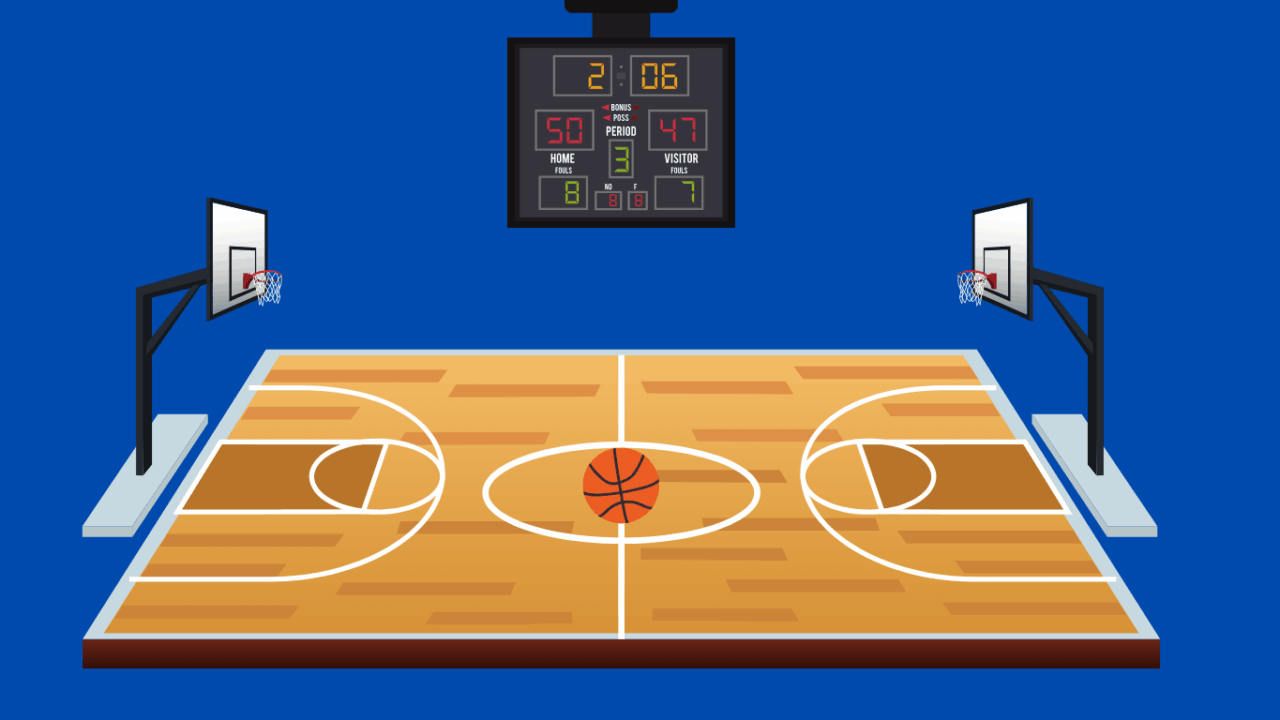 Image Provided by Starbucks
Image Provided by StarbucksStarbucks is targeting both young and older millennials with its new experimental campaign launched this week. As a key demographic for ready-to-drink beverages, millennials are the audience for bottled Starbucks Frappuccino, and this campaign is designed to deepen that connection and drive brand engagement within this group.
It’s ad campaign called The Comfort Index, aimed at increasing awareness that comfort can easily be found with bottled Starbucks Frappuccino, conveniently available where groceries are sold. To bring this message to life, Starbucks collaborated with technologists from Smooth Technology to conduct a series of tests comparing how Starbucks Frappuccino stacks up against other well-known comforting activities.
In the campaign, volunteers participate in activities such as petting a pony (which reduces stress levels), popping bubble wrap (which reduces stress levels equivalent to a 33-minute massage), and hugging a loved one to relieve stress. As a result of these tests, Starbucks demonstrates that their Frappuccino can provide a sense of comfort in everyday life.
According to a Starbucks spokesperson, the Comfort Index is a social experiment, not a scientific study. It serves as a fun reminder that finding comfort can be as simple as drinking a bottled Starbucks Frappuccino. The Comfort Index campaign highlights places where Millennials can easily find bottled Starbucks Frappuccino at grocery stores.
“The intent of the campaign was to be a playful nod to consumer sentiment and uncover how bottled Starbucks Frappuccino measured up to other known comforting things, ultimately encouraging people to seek out bottled Starbucks Frappuccino wherever they buy groceries.,” said a Starbucks spokesperson.
Starbucks’ campaign features a 4-minute long-form video hosted on Starbucks Stories, with paid digital ads running across Meta platforms, YouTube, and Pinterest. While the exact marketing budget for the campaign has not been disclosed, it highlights the brand’s commitment to reaching its audience through multiple digital channels.
Christine Hunt, founder of Song Candy Media, noted that while she applauds Starbucks’ ambition to lead with connection-building creative, as a performance marketer, she is cautious about the execution. Hunt acknowledges that a bottled Frappuccino can offer comfort but advises the brand to be careful not to suggest it as a solution for larger problems.
“Don’t sugar coat reality,” said Hunt. “They’ll also need to have full-funnel marketing messaging around this concept to nurture new users through the buyer’s journey. I’m excited to see how this plays out with consumers.”
Starbucks is not the only brand that went on an experimental approach to a campaign this year. Shake Shack did this during The Oscars, and The Westminster Dog Show, Red Robin with its 2000’s themed campaign, and Liquid Death giving away a fighter jet. This comes at a time as brands are getting very creative with their ad campaigns to resonate with their audience.
According to a study by the American Psychological Association, Millennials are nearly twice as stressed as Boomers and Gen X, making them the first generation to embrace self-care, which is reflected in their desire for comfort as well as self-care with simple details.
Molly Barth, Senior Cultural Strategist at Sparks & Honey, believes the campaign effectively taps into “little treat culture,” a lasting trend in today’s zeitgeist. With people feeling stressed and overwhelmed, Starbucks offers a way to regain control over their stress levels through comforting items. Starbucks drinks, often featured in this culture, play a strong role in the campaign’s appeal.
“I also like that this campaign specifically focuses on the fact that “comfort can be conveniently found where groceries are sold,” particularly as younger generations love rewarding themselves for small achievements like going grocery shopping,” said Barth.





